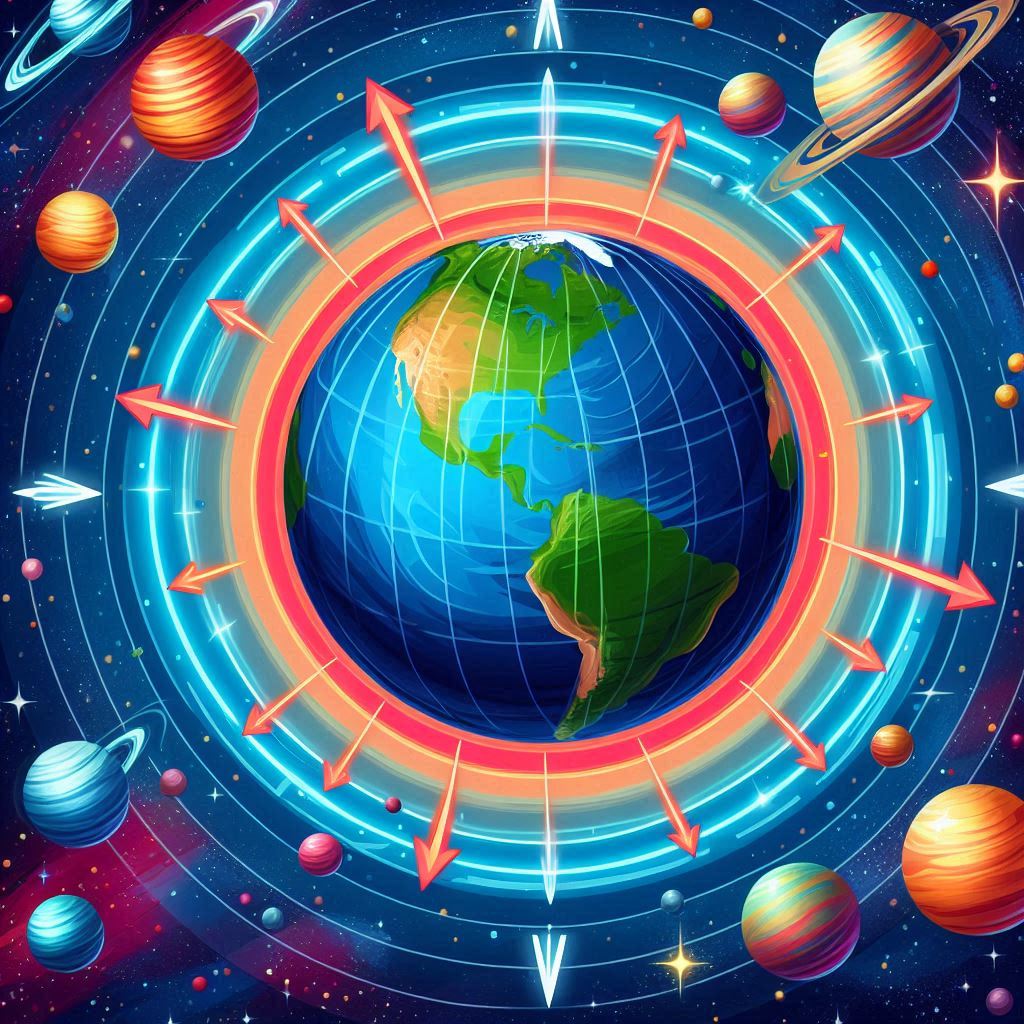Gravity is the force that keeps us firmly grounded on Earth and governs the motion of planets, moons, and even galaxies. While we often think of gravity as a constant force pulling us straight down, it actually varies slightly depending on where you are on the planet. These variations are caused by factors like the Earth’s shape, rotation, and the distribution of its mass beneath the surface.
Earth isn’t a perfect sphere—it’s an oblate spheroid, meaning it’s slightly flattened at the poles and bulges at the equator. Because of this, the distance from the center of the Earth to the surface is shorter at the poles and longer at the equator. Since gravity depends on distance to the center of mass, gravity is stronger at the poles and weaker at the equator.
Additionally, the Earth’s rotation causes a centrifugal force that slightly counteracts gravity, especially at the equator. This force makes you feel a bit lighter as you spin with the planet. That’s another reason gravity is weakest at the equator.
Variations in the Earth’s internal structure also affect gravity. Large mountain ranges, dense rock formations, or deep ocean trenches can cause tiny local differences in gravitational pull. Scientists use satellites equipped with sensitive instruments to map these gravity anomalies, helping us understand Earth’s geology and even monitor changes like melting ice sheets.
Despite these differences, gravity variations are very small—generally less than 0.5% from one place to another. Still, they are important for precise scientific measurements, satellite navigation, and understanding Earth’s dynamic systems.
So, while gravity feels constant in everyday life, it actually changes subtly across the globe. Next time you think about gravity, remember that this invisible force has its own unique landscape shaped by our planet’s form and movements.

Leave a Reply